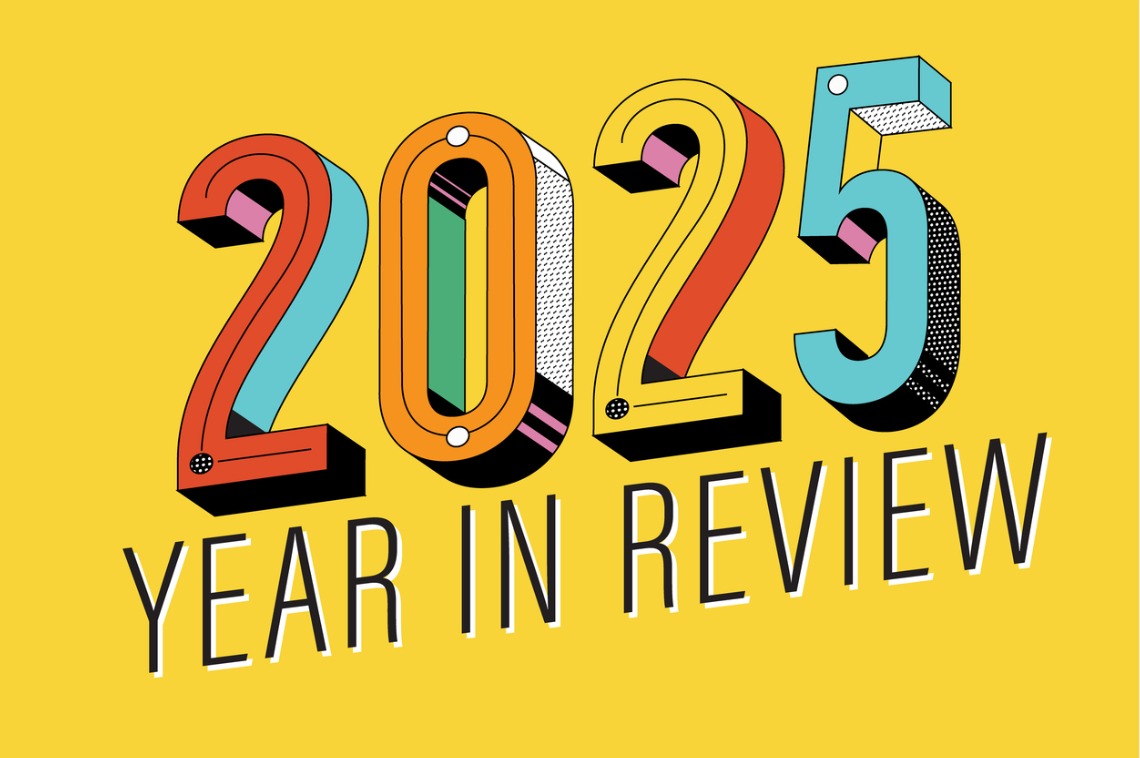D
emographic shifts, not just supply or rates, are driving Minnesota’s housing crisis. The Star Tribune’s October 16, 2025 piece highlights that the Twin Cities and the Duluth area are still grappling with a shortage of homes. A surge in demand in late 2020 pushed prices up and snapped up listings in days, and although the market eased slightly last year, inventory remains below pre‑pandemic levels and prices stay high.
Monica Haynes, director of the University of Minnesota Duluth’s Bureau of Business and Economic Research, notes that first‑time buyers and those looking for new homes have seen little relief. In Duluth, average listings now exceed $400,000, while the number of homes for sale is lower than before the pandemic. The region’s demographic challenges—an aging population and a lack of new construction—are expected to worsen.
Haynes points to two main culprits: high mortgage rates and a persistent shortage of supply. She also highlights a striking trend: the average size of homes on the market has grown from about 1,550 square feet in 2021 to nearly 1,800 square feet last year. This isn’t a shift in consumer taste; it reflects that owners of larger homes are selling, while those with smaller, more affordable houses stay put because they’re tied to long‑term, lower‑rate mortgages or simply don’t want to move.
“People aging in place keeps family‑sized homes off the market,” Haynes says, noting that this phenomenon is common in Northeast Minnesota and beyond. The result is higher rents and a stifled market for new buyers.
While Minnesota has seen some public and private investment in new housing, the impact has been modest, partly because the focus remains on single‑family homes. In smaller towns like Hibbing, residents question the need for new housing when population growth is stagnant. Yet, multifamily developments can spur turnover, freeing up single‑family units and making smaller homes more accessible.
The author’s personal experience underscores the issue: after their children left for college, they found themselves in a largely empty house, caring for aging parents in similarly vacant homes. They note that younger families with similar incomes would struggle even more to find affordable options.
The core of Minnesota’s housing dilemma lies in its aging demographics, first seen in rural areas and now spread statewide. While building more housing can help, older residents can also play a role by creating opportunities for the next generation, whether within their families or the wider community. With baby boomers retiring en masse, the state stands on the brink of significant change across every region.












